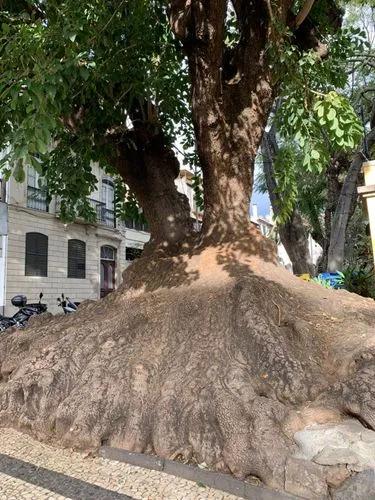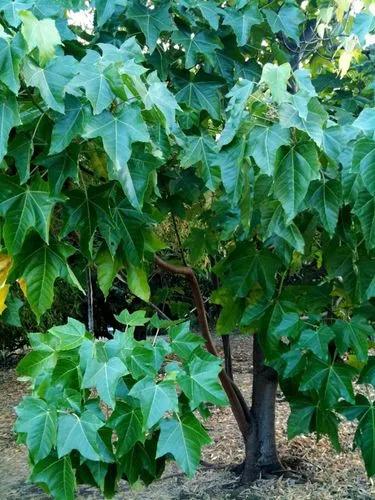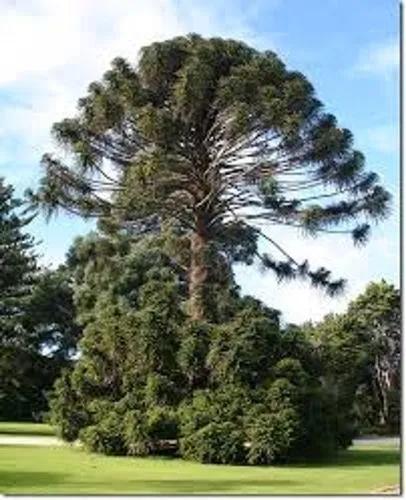These palms are common along coastal highways in the southernmost areas of South Florida, but they can also make great landscape or container specimens.Solitary by nature, this palm is also grown in multiple trunk forms.It grows slowly and starts out life as more of a low-to-the-ground, palmetto-type plant - perfect for privacy screening.It eventually forms a thin trunk, which makes this palm a good fit for a tight space.The fall fruit produced on a mature specimen is a good food source for birds.
Florida Thatch Care
Thrinax Radiata



How to Care for the Plant

Water

Like many Florida native palms, this one is drought-tolerant once established, as well as being very salt-tolerant

Pruning

Because it isn't self-cleaning, you'll have to prune off dead fronds yourself, but usually just a few times during the year.

Fertilizer

To help establish your new Caribbean Thatch Palm, fertilize sparingly at least 6 inches away from the base, tri-annually with a slow time released product. Unfertilized they will tend to grow at a slower pace. Note: The heavy salts in cheaper fertilizers will damage the roots and possibly kill the tree. Its best to use a brand you know and trust.

Sunlight

This Palm requires 80-100% sunlight. Depending on your location full sun is often best.

Soil

Thatch Palms enjoy well drained but moist, rich organic mix. Remember try to stay away from wet, mucky or arid soils.

Temperature

28°F leaf damage

Container

All palm varieties grow very well in containers, indoors or on the patio. Allow enough room for growth generally a 10″ to a 20″ diameter, 10″ deep container will suffice to get started. Remember the looser the roots, the taller and healthier your palm will be. When the plant becomes root bound its growth will slow, at that point it is time for a larger pot.

Popularity

245 people already have this plant 11 people have added this plant to their wishlists
Discover more plants with the list below
Popular articles






